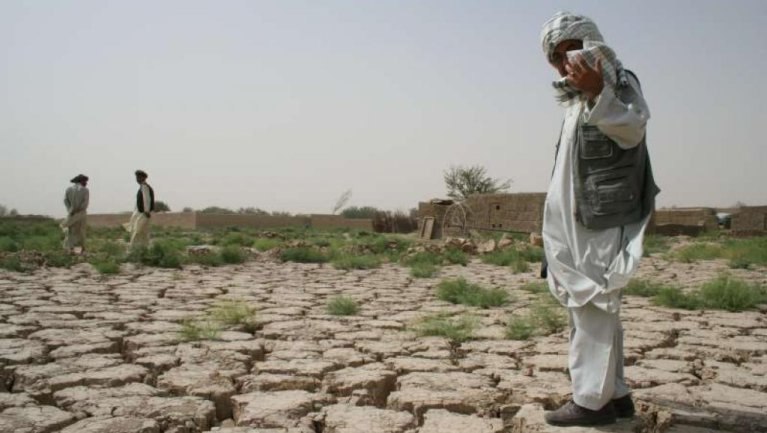RASC News Agency: As the relentless summer sun beats down on Afghanistan, leaving no refuge from the scorching heat, the country trudges through the final days of the season in suffocating conditions. But this is no ordinary summer. A new report by the United Nations Office for the Coordination of Humanitarian Affairs (OCHA) warns that this year’s soaring temperatures are not merely seasonal anomalies they signal a deepening climate emergency that threatens the survival of millions. The OCHA assessment indicates that vast swathes of Afghanistanvfrom the arid provinces of Badghis and Ghor to the mountainous regions of Kabul and Badakhshan are experiencing extreme heat far beyond historical norms. This unrelenting heatwave, compounded by prolonged drought and shrinking water reserves, has pushed Afghanistan to the brink of agricultural collapse. With cracked earth replacing fertile fields, the risk of widespread famine looms large.
June, traditionally a transitional month, witnessed record-breaking temperatures and minimal rainfall, accelerating land degradation. Wheat fields once the backbone of rural livelihoods have failed to yield their usual harvests. Meanwhile, the once-reliable snowpack in Afghanistan’s highlands, which serves as a critical summer water source, has diminished at an alarming rate.cWhile humanitarian agencies cling to the hope of early autumn rains, the forecast is grim. OCHA warns that any premature onset of the rainy season, coupled with increasingly erratic monsoonal patterns, could trigger devastating flash floods in vulnerable regions. Pastoralist communities are already in crisis, as pastures wither and water sources dry up, endangering livestock and the rural economy.
Earlier, the United Nations Assistance Mission in Afghanistan (UNAMA) had issued a stark warning regarding the intensifying heatwaves sweeping across the region—now inextricably linked to global climate change. The report noted that nearly half the global population is currently exposed to the escalating risks posed by environmental instability, with Afghanistan among the most acutely affected due to decades of underinvestment, conflict, and weak governance. The Climate Change Research Institute echoed these concerns, categorizing 2025 as one of the hottest years in recorded history and describing its consequences as “catastrophic for fragile states.” The institute emphasized that Afghanistan, already ravaged by economic collapse and systemic humanitarian breakdown, faces “irreversible damage” unless immediate mitigation measures are taken.
Yet, as international alarm mounts, the Taliban regime remains conspicuously absent from any meaningful climate response. Since seizing power in 2021, the group has gutted environmental oversight institutions, obstructed cooperation with international aid agencies, and failed to develop even a rudimentary national adaptation strategy. While rural communities face starvation and urban populations struggle with water shortages, Taliban officials continue to prioritize ideological repression over ecological resilience. Environmental scientists warn that the Taliban’s indifference to scientific governance is not just a threat to Afghanistan it is a destabilizing factor for the broader region. The collapse of agricultural systems, mass displacement due to drought, and increased frequency of natural disasters could accelerate regional migration crises and intensify political volatility.
In the absence of a legitimate and capable government, the burden of climate adaptation now falls almost entirely on overstretched humanitarian organizations. But without systemic reform and international cooperation, their efforts may prove tragically insufficient.






